Filter data
|
ID |
Nickname |
Country / City |
Languages |
Taxonomies |
Comment |
Project / Group |
Map |

|
37893
|
|
Portugal
Porto
|
|
|
—
|
|
|
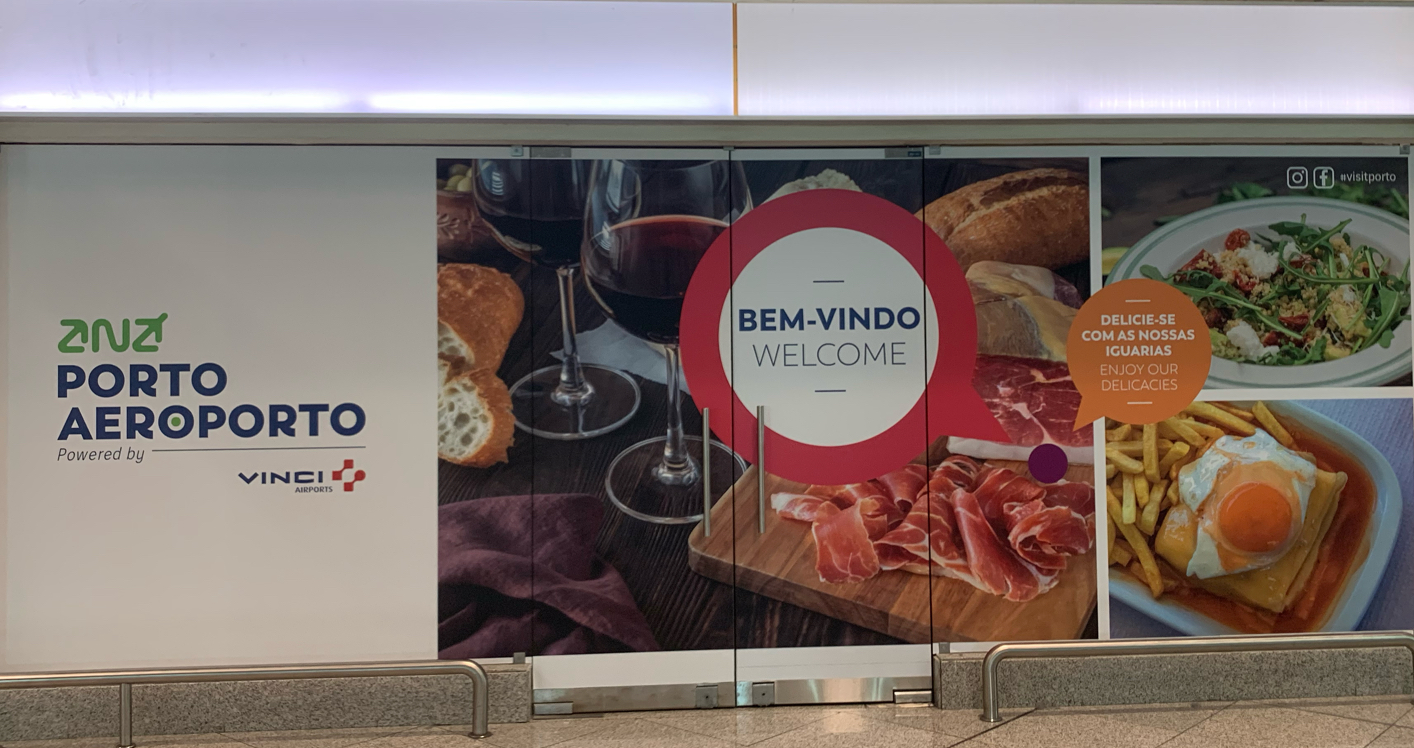
|
133894
|
|
Portugal
Moreira
|
|
|
—
|
|
|
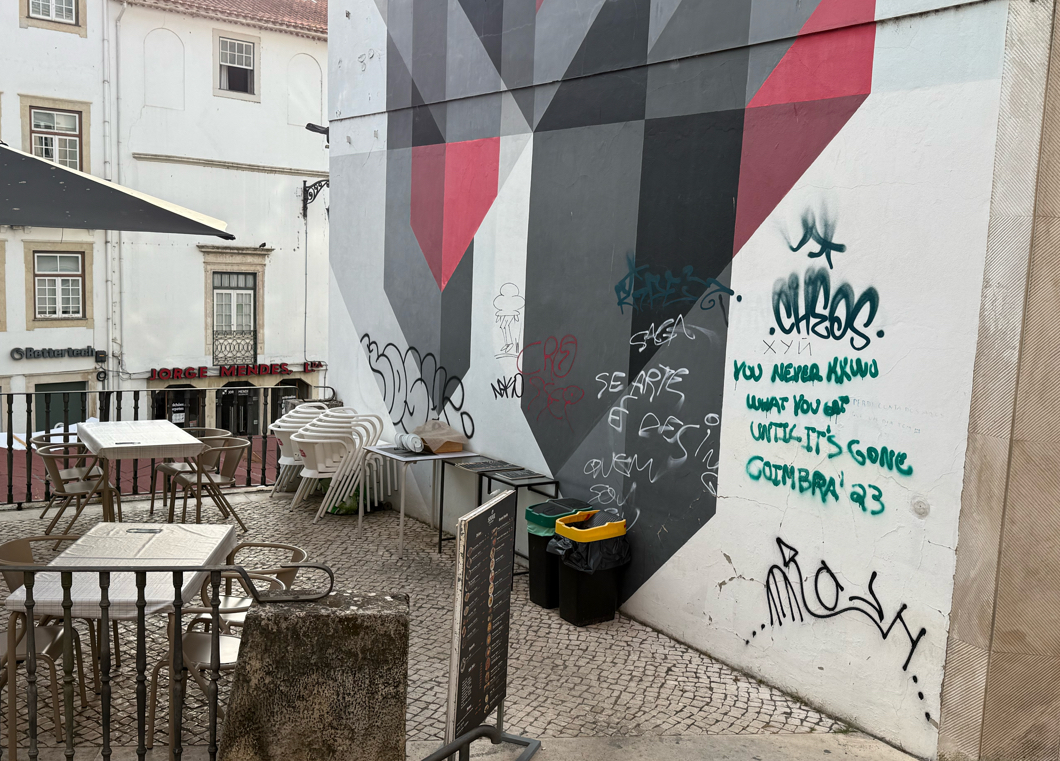
|
133941
|
|
Portugal
Coimbra
|
|
|
—
|
|
|
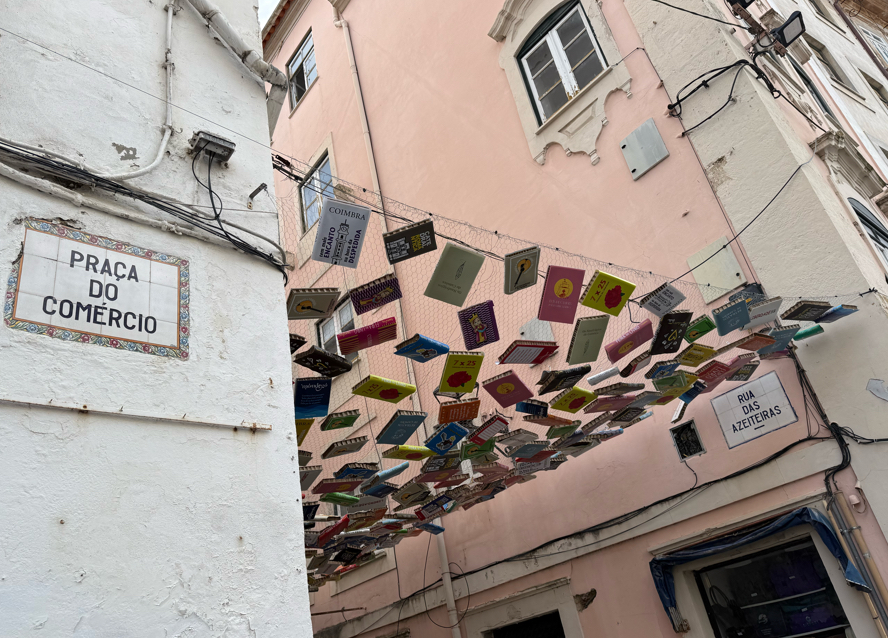
|
133942
|
|
Portugal
Coimbra
|
|
|
—
|
|
|
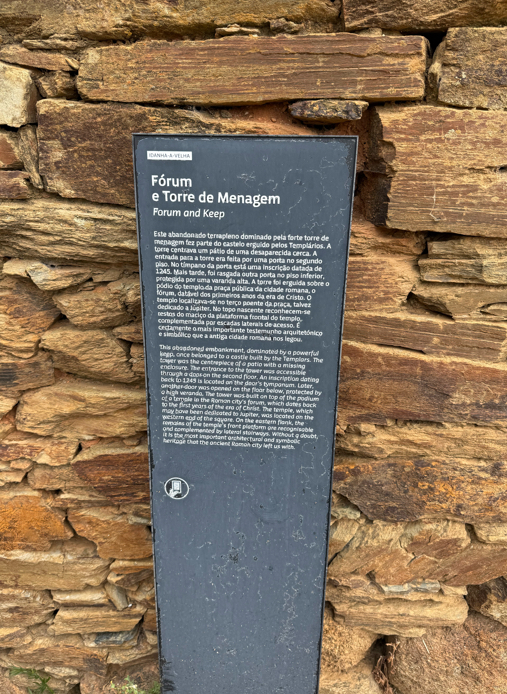
|
133949
|
|
Portugal
União das freguesias de Monsanto e Idanha-a-Velha
|
|
|
—
|
|
|
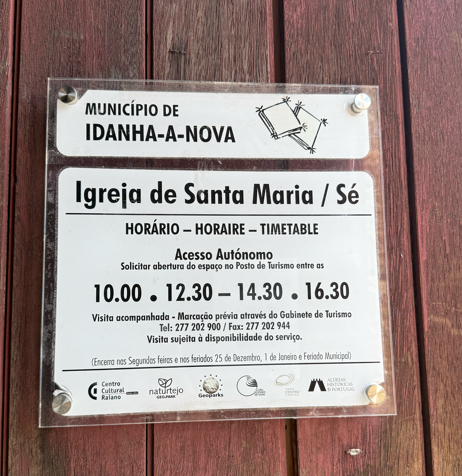
|
133950
|
|
Portugal
União das freguesias de Monsanto e Idanha-a-Velha
|
|
|
—
|
|
|
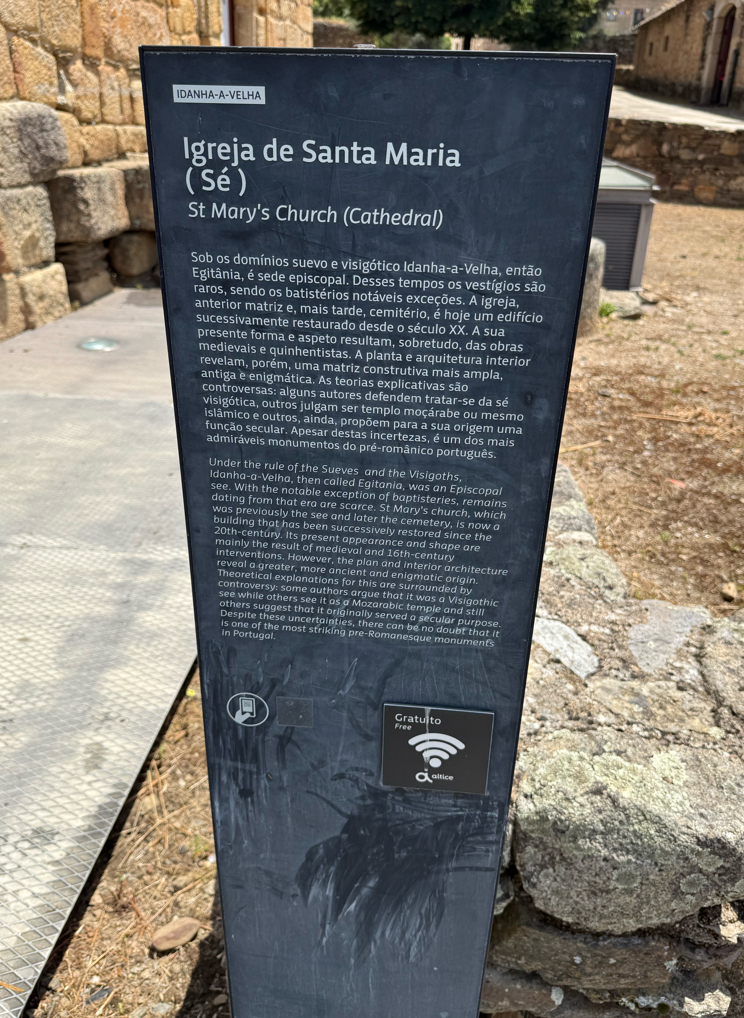
|
133951
|
|
Portugal
União das freguesias de Monsanto e Idanha-a-Velha
|
|
|
—
|
|
|
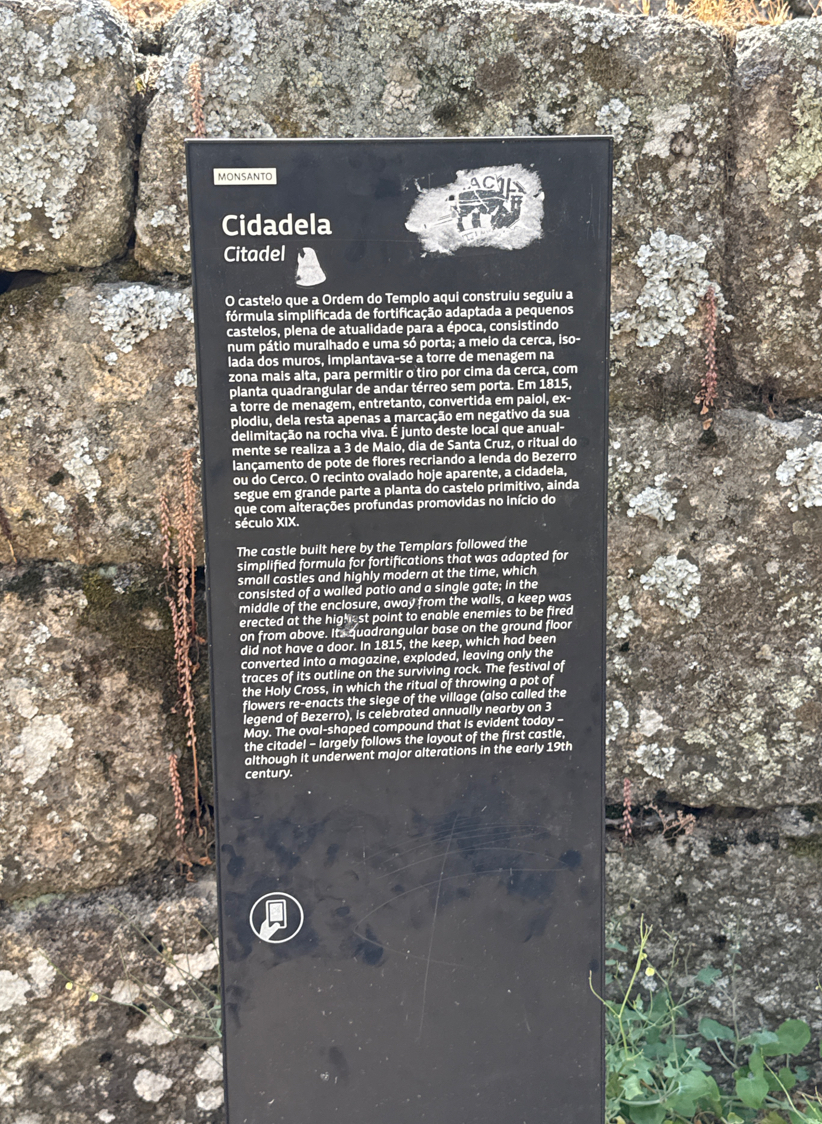
|
133953
|
|
Portugal
Monsanto
|
|
|
—
|
|
|
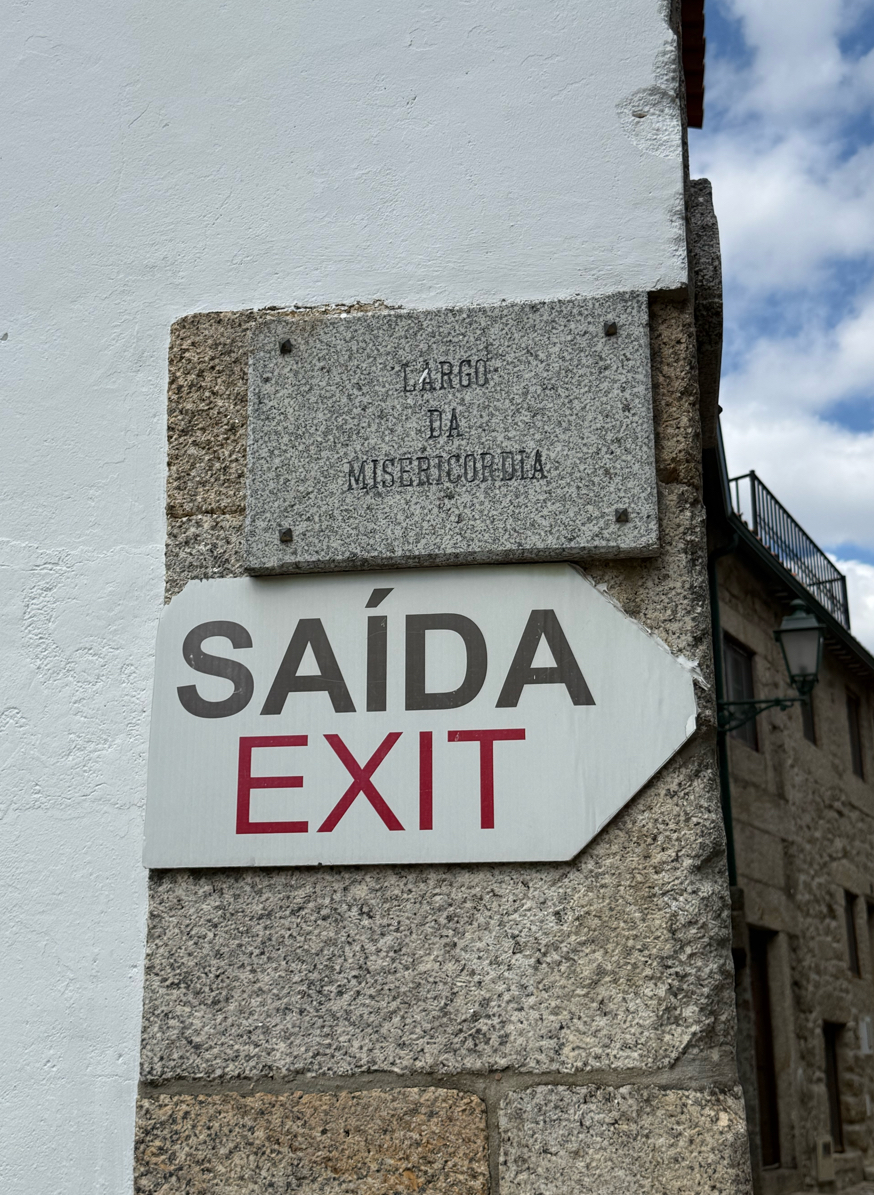
|
133954
|
|
Portugal
Monsanto
|
|
|
—
|
|
|
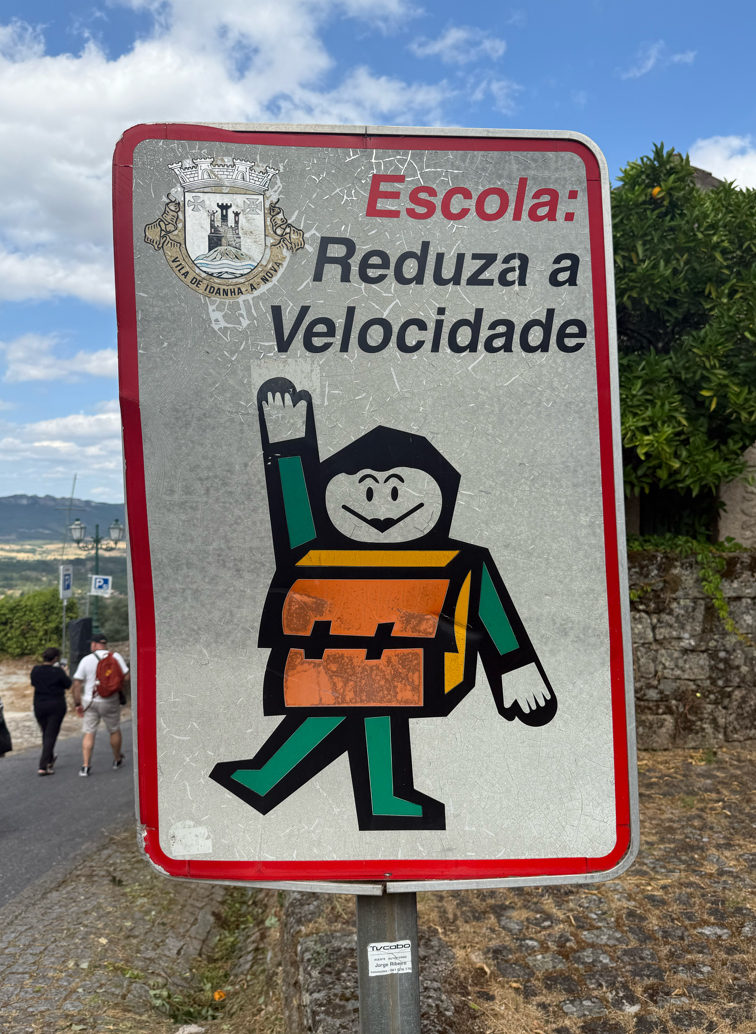
|
133955
|
|
Portugal
Monsanto
|
|
|
—
|
|
|
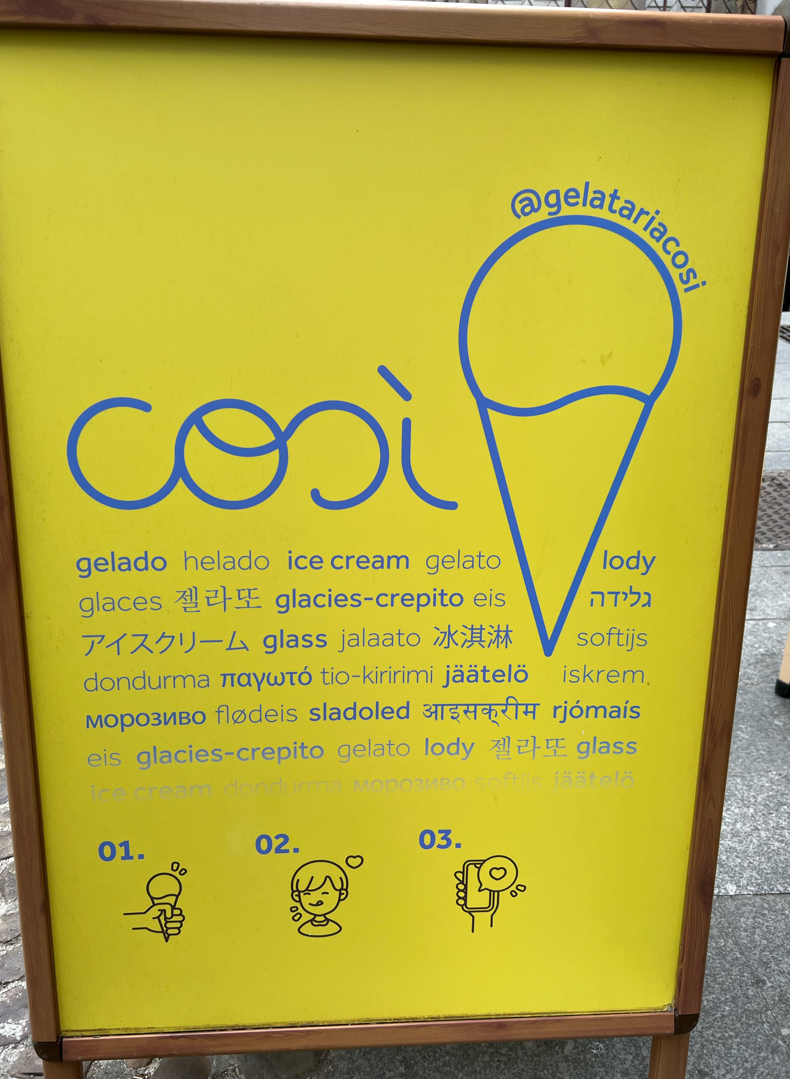
|
133958
|
|
Portugal
Coimbra
|
|
|
—
|
|
|

|
133963
|
|
Portugal
Coimbra
|
|
|
—
|
|
|

|
133964
|
|
Portugal
Coimbra
|
|
|
—
|
|
|
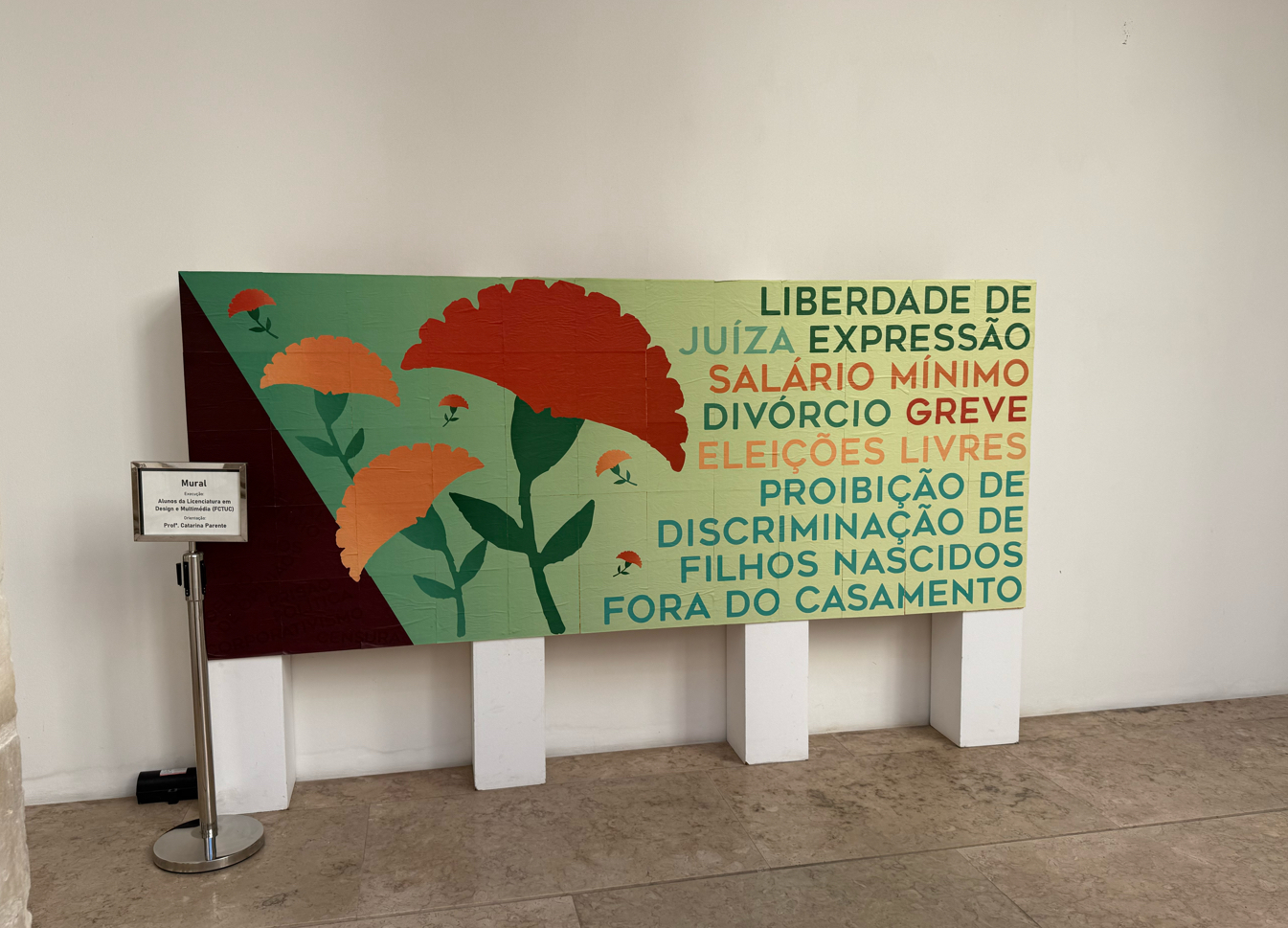
|
134008
|
|
Portugal
Coimbra
|
|
|
—
|
|
|

|
6284
|
|
Portugal
Lisbon
|
|
|
—
|
|
|

|
6285
|
|
Portugal
Lisbon
|
|
|
Please complete the languages you recognize
|
|
|

|
59915
|
|
Puerto Rico
San Juan
|
|
|
at bottom of large mural
|
|
|
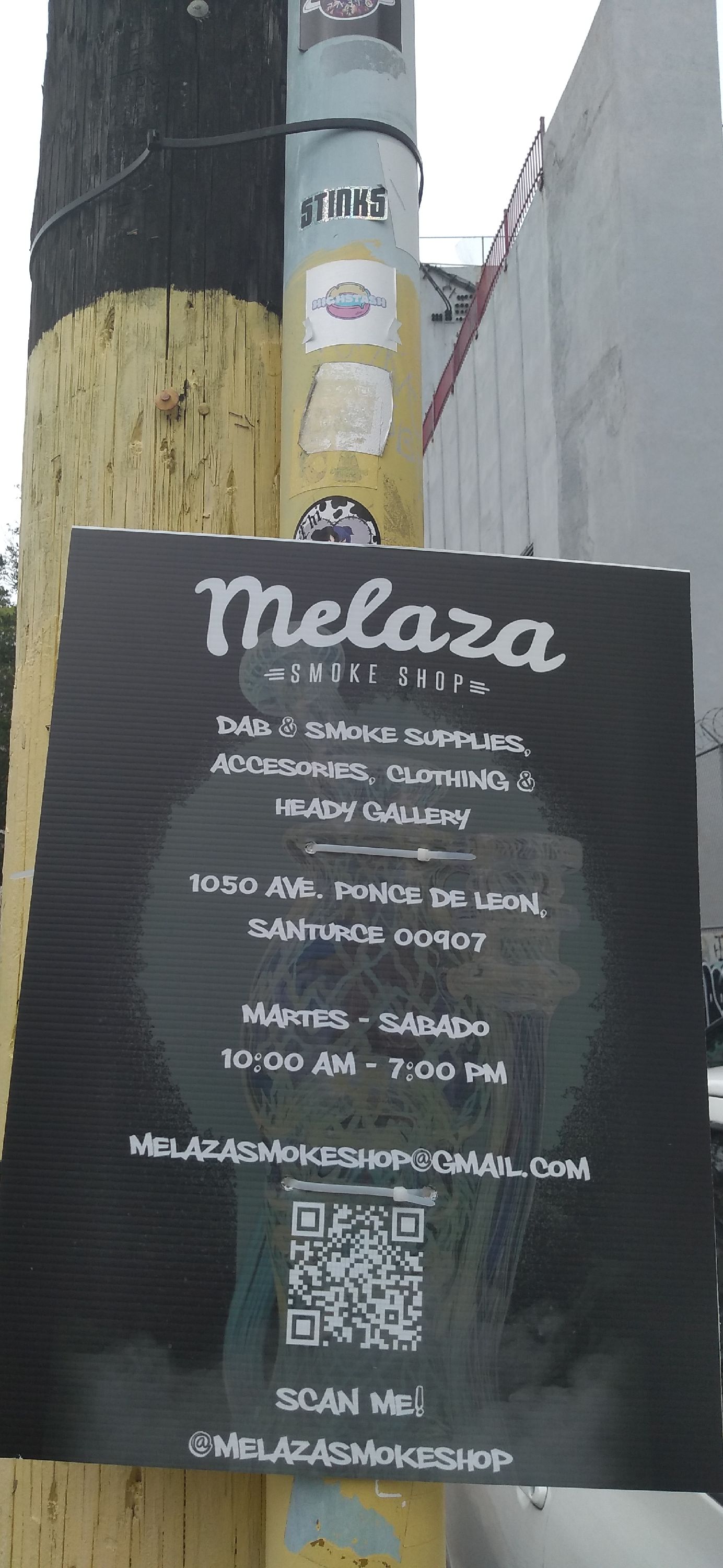
|
62878
|
|
Puerto Rico
San Juan
|
|
|
@post
#sticker
#local sign
|
|
|

|
73274
|
|
Qatar
Doha
|
|
|
14
|
|
|
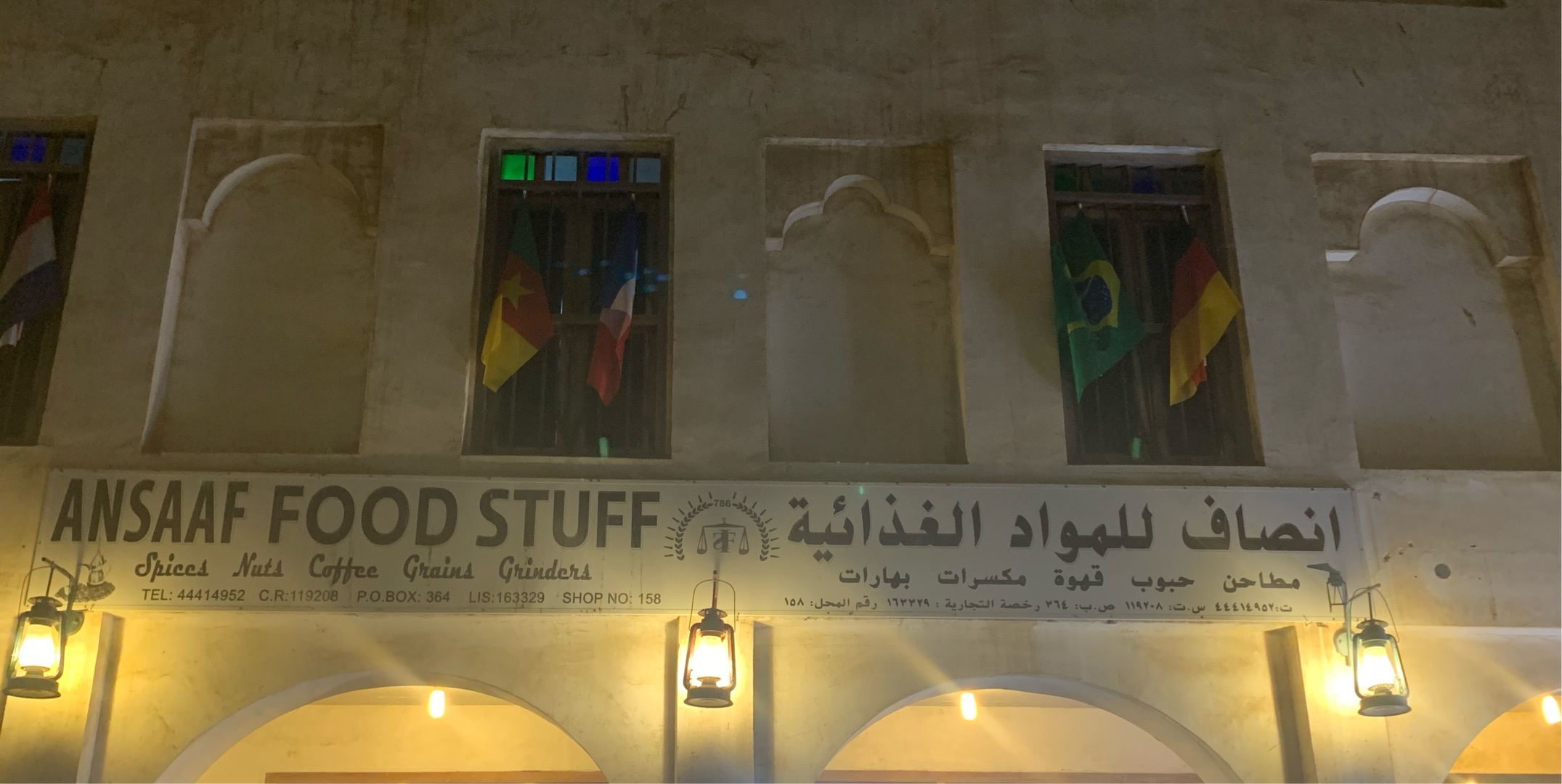
|
73275
|
|
Qatar
Doha
|
|
|
14
|
|
|